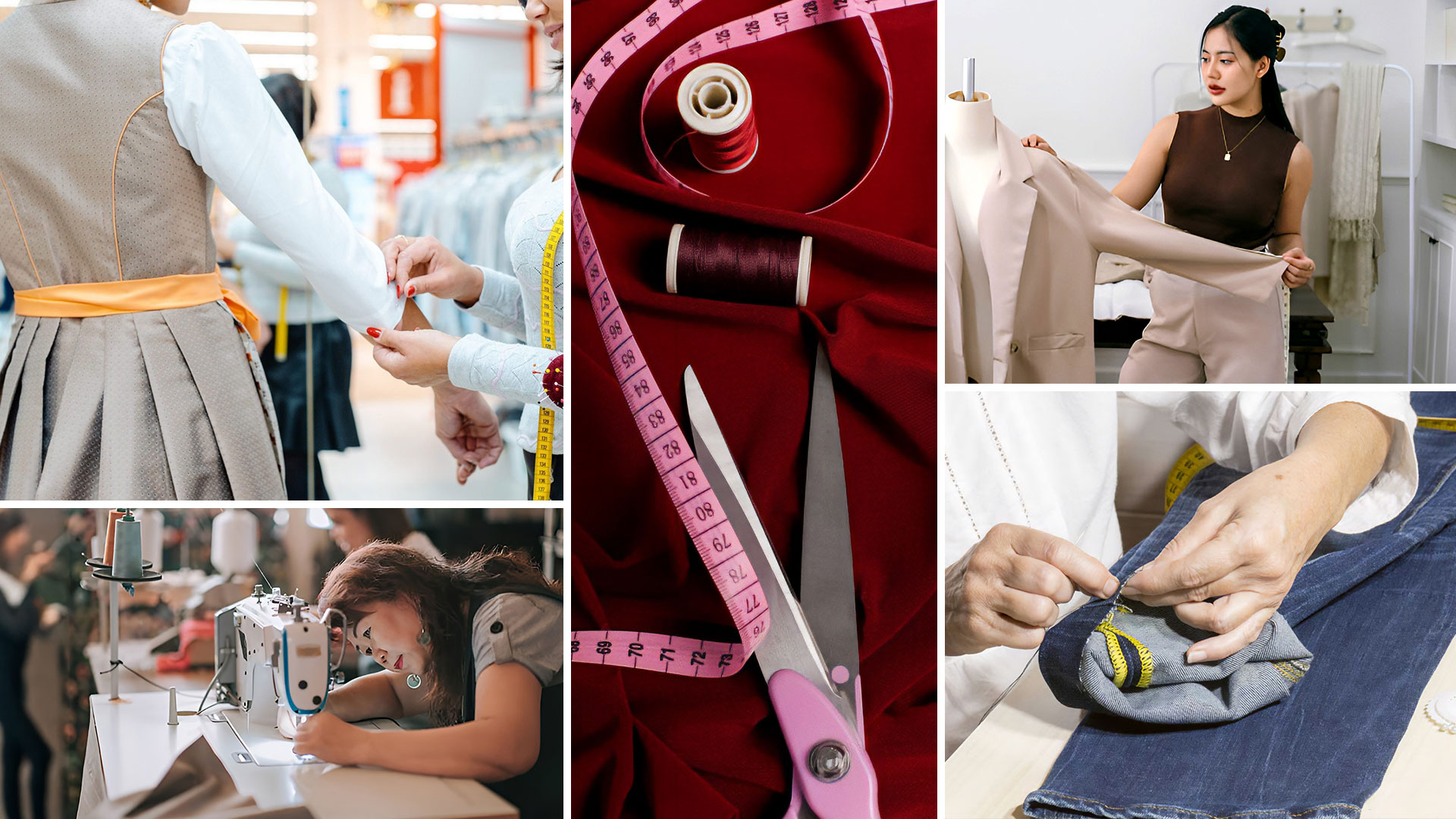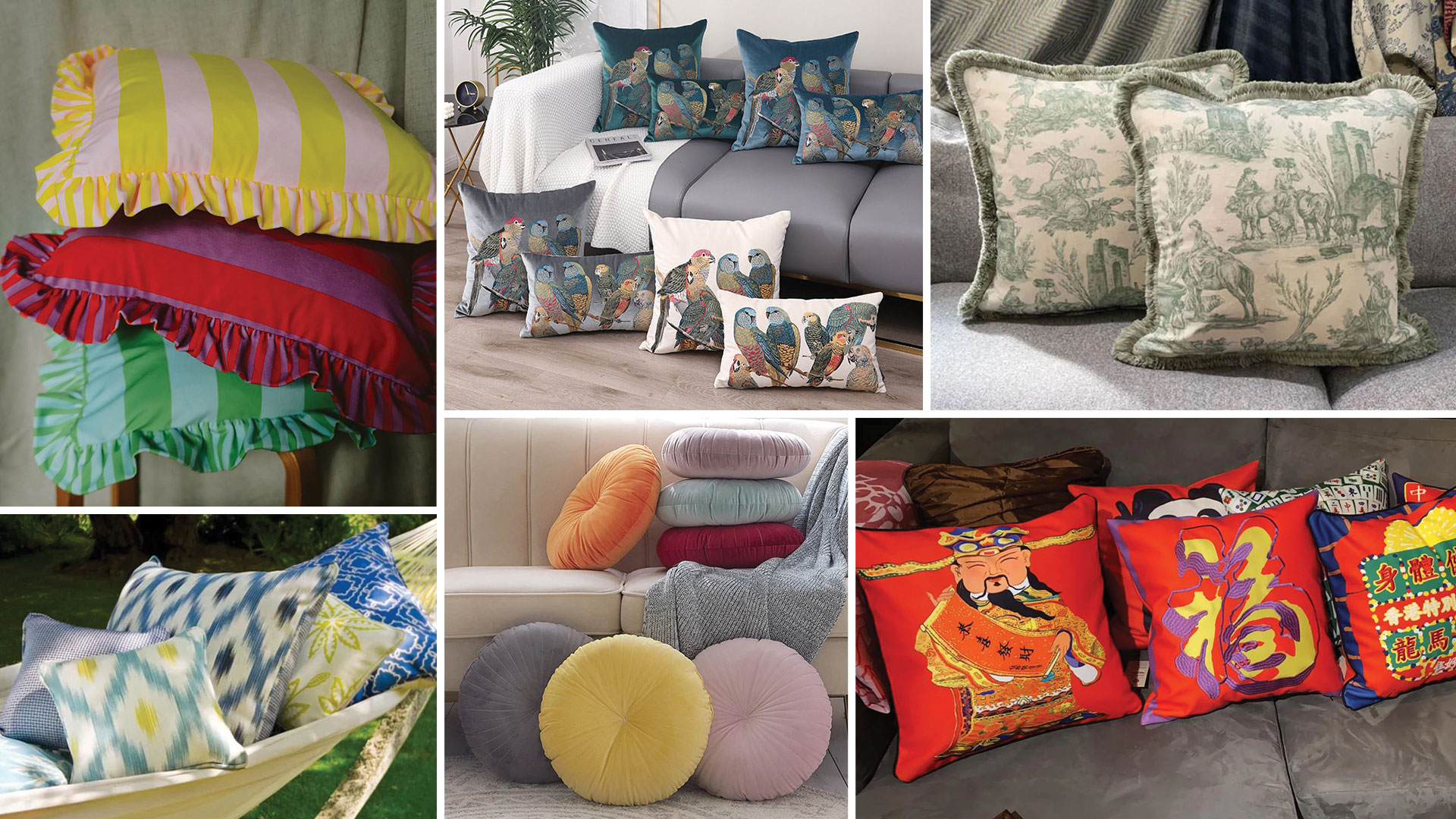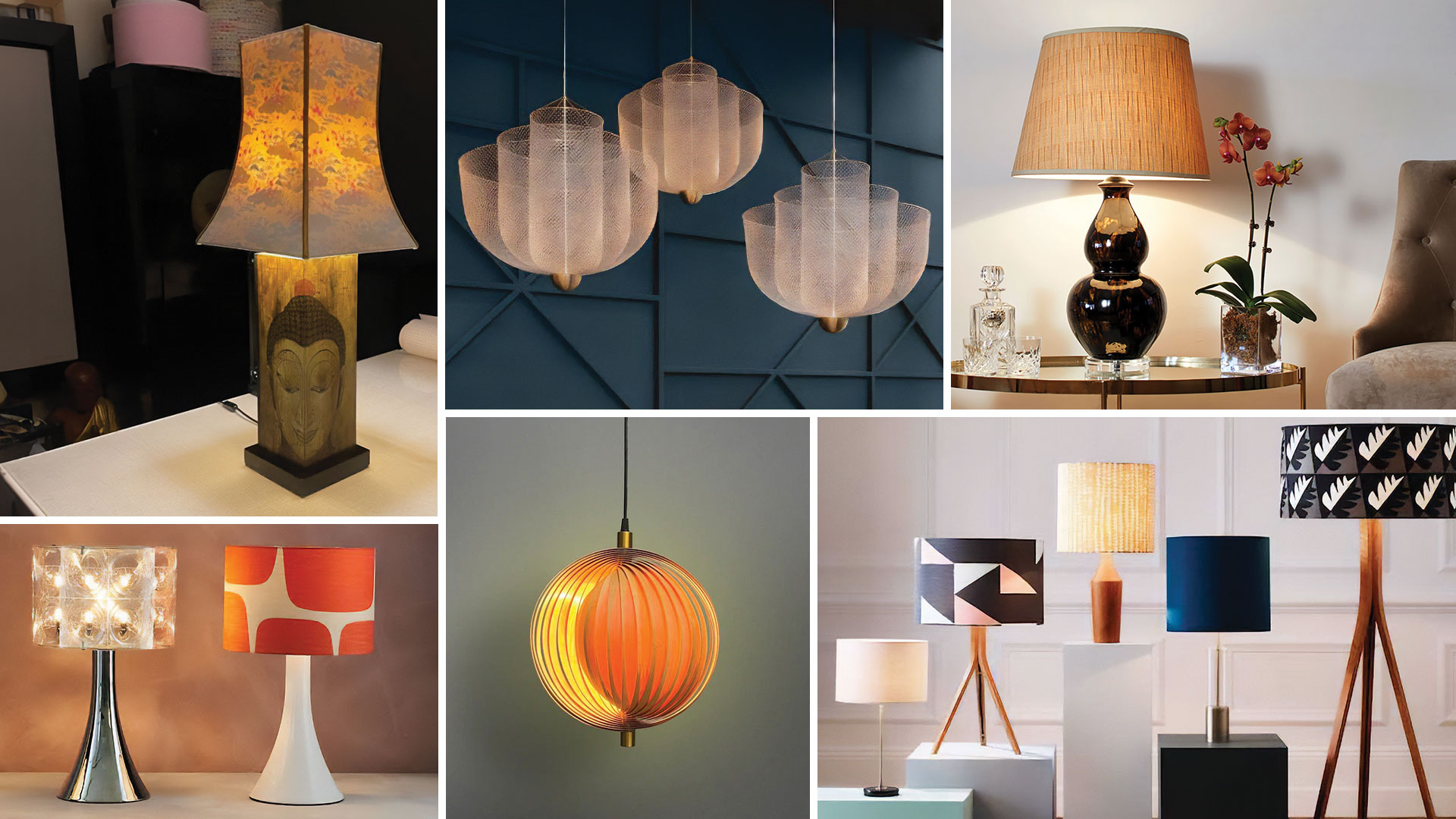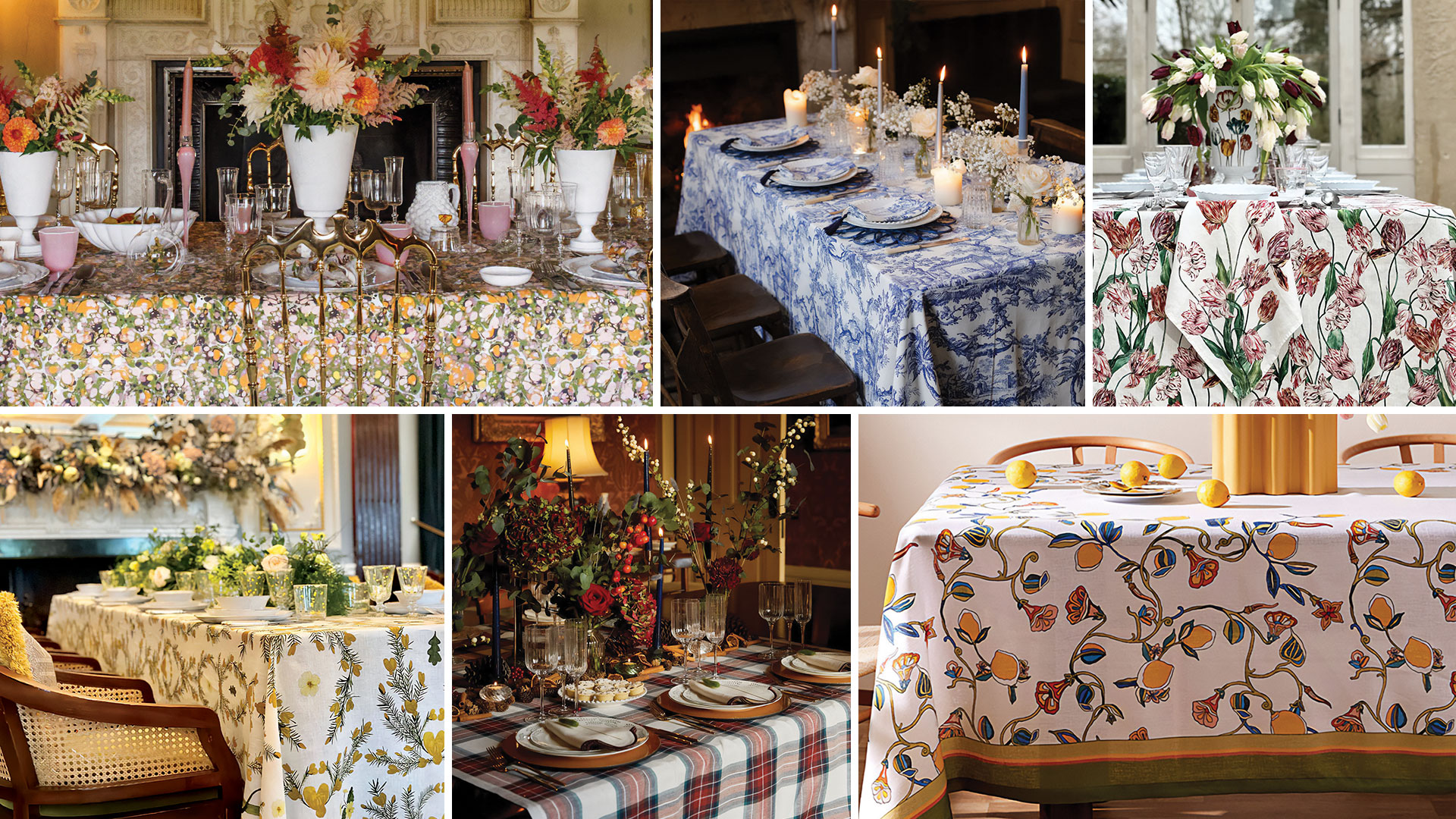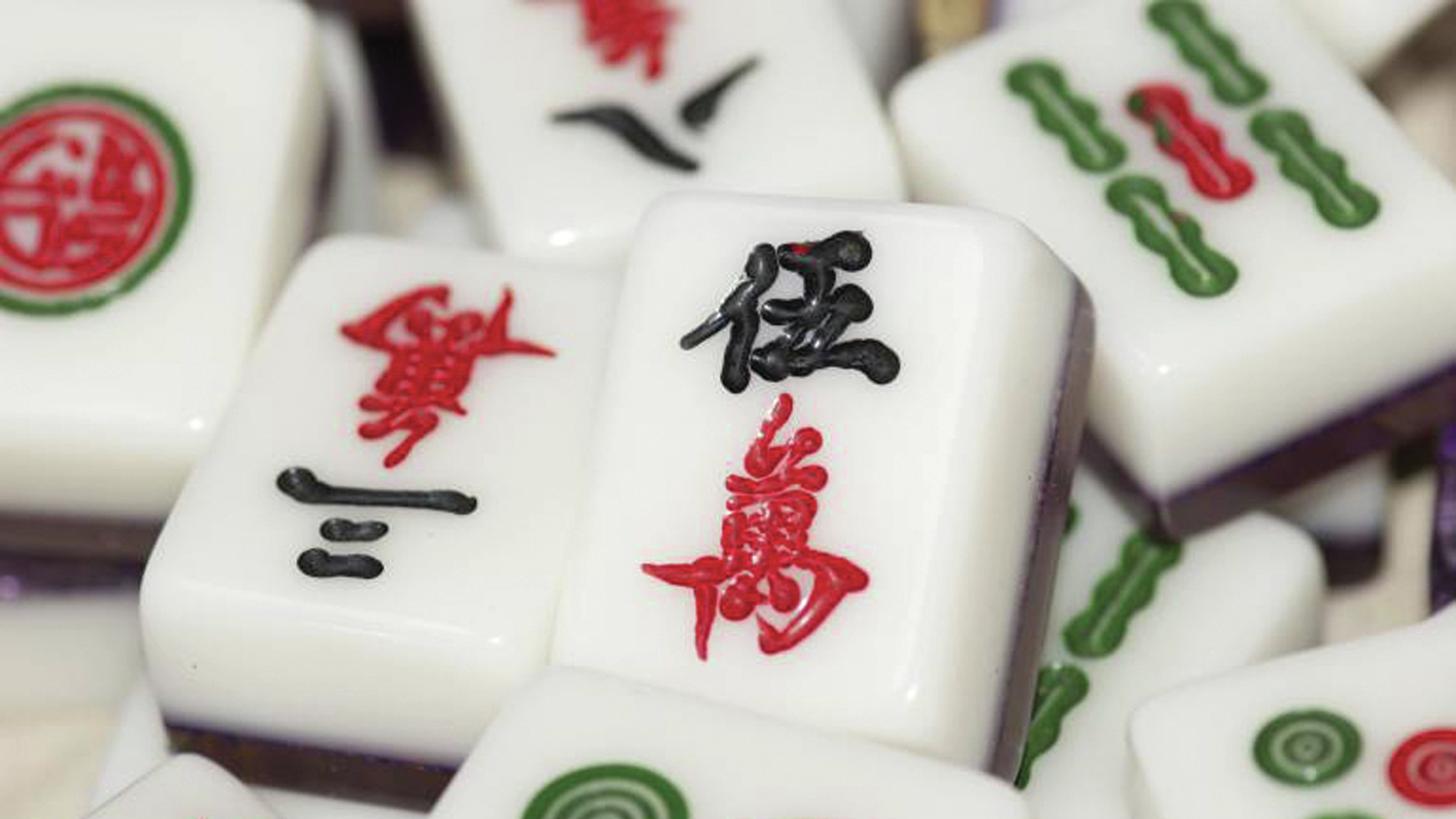
Time and Tile: Mass manufacturing has not quite yet entirely replaced hand-made mah-jong sets
Ubiquitous throughout mainland China and Hong Kong, mahjong is a much-loved pastime for the young and the old. While walking through the streets of any Chinese city, town or village, the distinct rattling of mah-jong tiles will almost certainly be the unceasing soundtrack. Commonly requiring four players, mah-jong, as any true enthusiast will tell you, is a game of skill, strategy and luck.
The game typically played at such high-profile celebrations as Lunar New Year, has long been associated with the close ties between families and friends. Indeed, it is not unusual for those hosting weddings or birthday banquets to be presented with mahjong tables and sets by the management of their chosen venues.
Also Read: Mahjong Mania: How Mahjong Conquered Hong Kong and Then the World
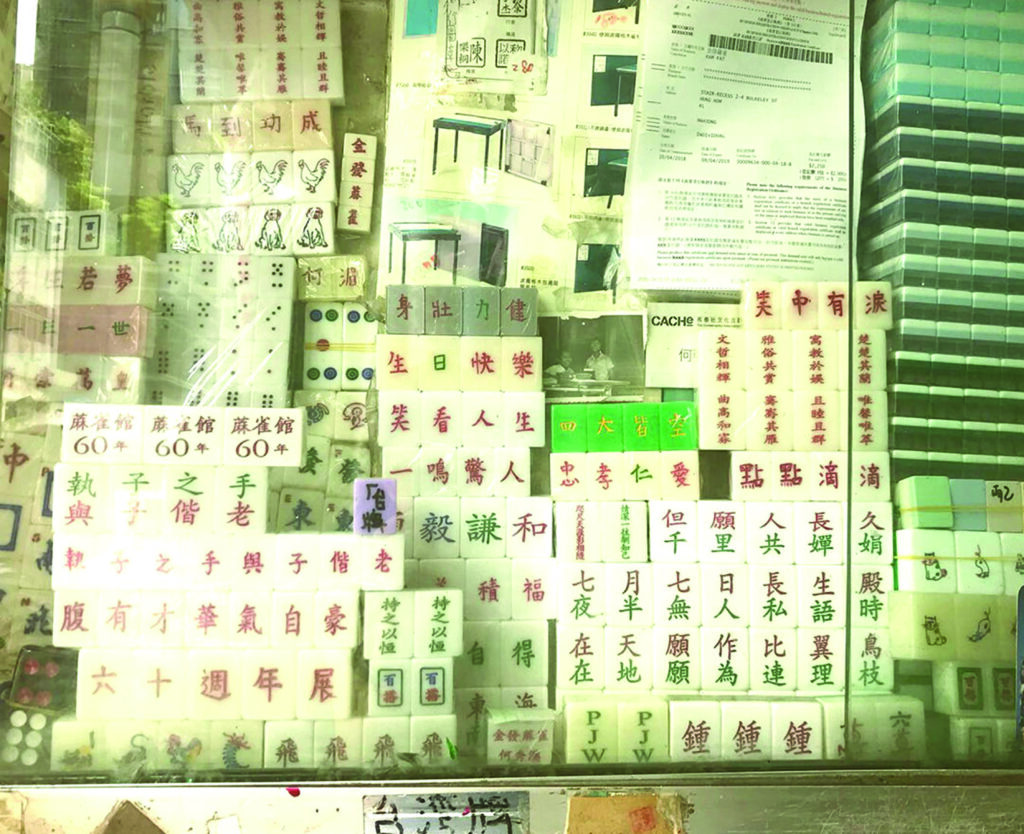
Looking specifically at the game itself, there are 144 tiles in each mah-jong set, typically adorned with Chinese characters, dots, flowers or bamboo sticks. Before starting, players shuffle the tiles face down while seated around a square table. Each player then sets up a set of tiles, much like a hand of cards and, after that, until one forms a winning combination, players alternate between drawing and discarding tiles.
While, traditionally, mah-jong tiles were handmade, inferior, relatively inexpensive, machine-made versions are gradually becoming the norm. For those who had once painstakingly handcrafted the titles, their livelihoods are now being whittled away. Indeed, the art of hand-carving mah-jong tiles is now reserved for a small – and continually dwindling – number of ardent traditionalists.
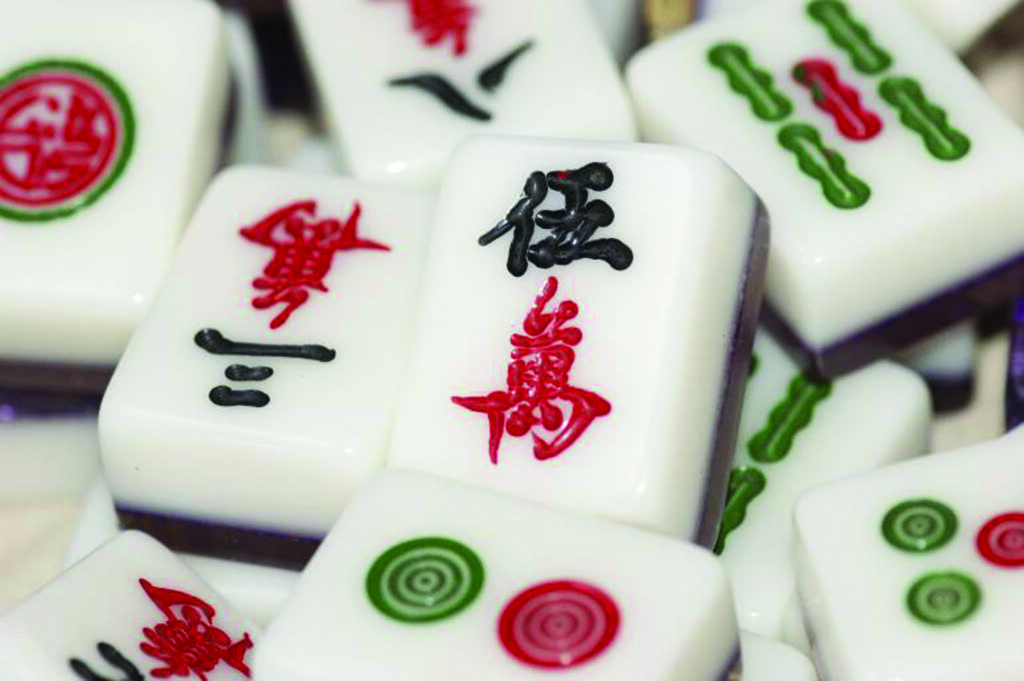
Biu Kee Mah-Jong
One of Hong Kong’s few remaining mah-jong tile carvers and engravers operates from a stall by the neon-lit night markets situated between Jordan and Yau Ma Tei. Here, this venerable craftsman, Cheung Shun-king, etches Chinese characters onto a piece of acrylic, then flips the tile with one hand while holding a knife in the other in order to chop into it.
In an age where low-cost mass production is the norm, this is a disappearing craft. In fact, there may only be three or four carvers remaining in Hong Kong, according to the 70- year-old craftsman. By looking to pass on his skills to the next generation – within a 100- square-foot area under the stairs of an old-style shop-house – he is trying, perhaps in vain, to rekindle interest in the old way of doing things.
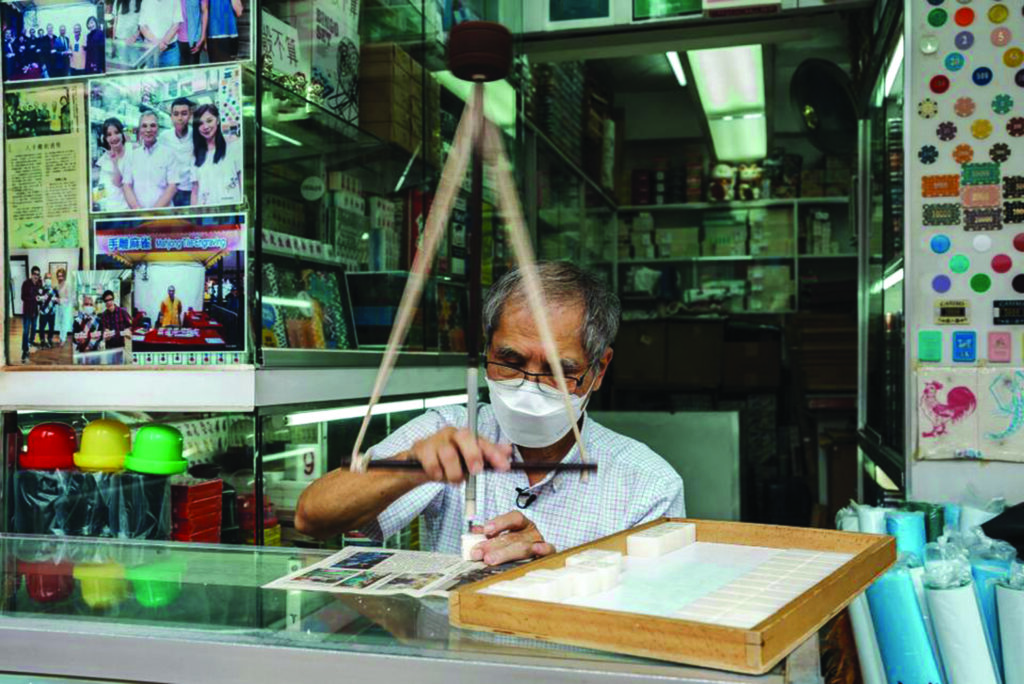
Expanding on the skills required, he says: “With hand-carved mah-jong tiles, when you look closely, you can see that each of them is different. This is because I carve them one after another, completing them one by one instead of using a mould.”
Since Cheung typically only carves at night, when he is not attending to customers or running errands, it takes him close to a week to complete one set. As part of the process, he carves the tiles, cleans them, and then paints them green, blue, and red. The final step is removing any excess dry paint. By comparison, a machine can churn out an identical, cookie-cutter set in less than an hour. According to the master, a full set of hand-carved tiles costs HK$5,500 (US$700), whereas their machine-produced counterparts sell for just HK$2,000.
Many of his clients purchase sets from him as mementoes and frequently ask for photos of him at work. Cheung, however, believes that this sudden uptick in interest may be but transitory, asserting that a recent wave of nostalgia accounts for much of the attention he is receiving.
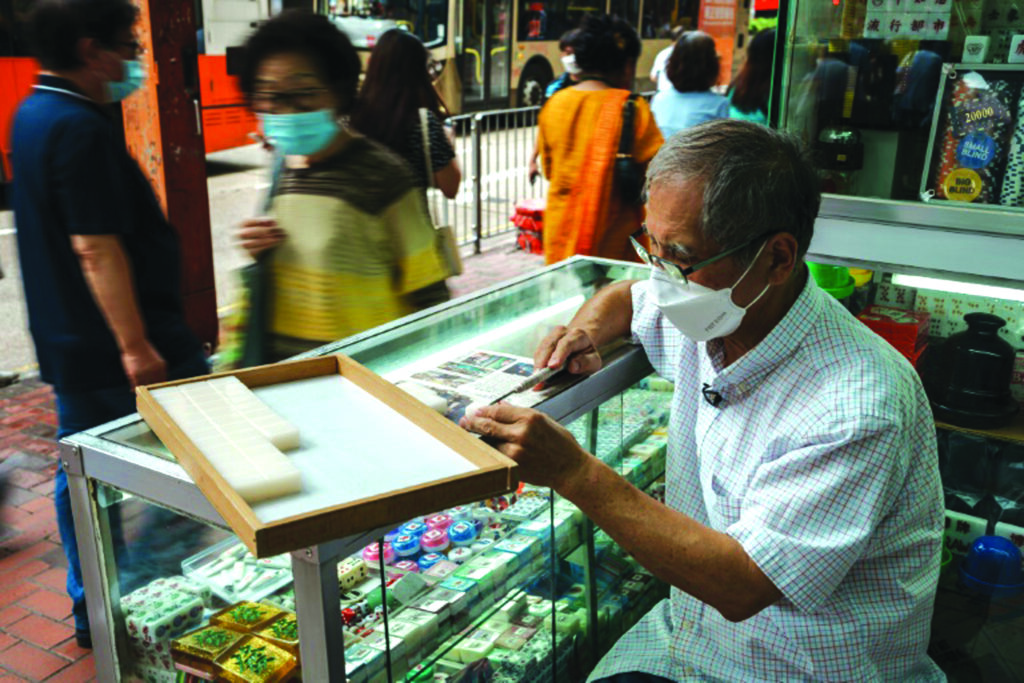
Within his workshops, as a way of introducing his students to the technique of engraving the tiles, he is at pains to show them the right way to sit and the optimum way of handling a carving knife. Always ensuring he takes the time to instruct each person individually, he is unceasing in his commitment to passing on the skills required to render something quite so singularly beautiful with just a few artful strokes.
While he believes few will actually end up as expert carvers, he goes out of his way to ensure every participant goes home with a set they can be proud of.
Location: 26F Jordan Road, Jordan, Kowloon
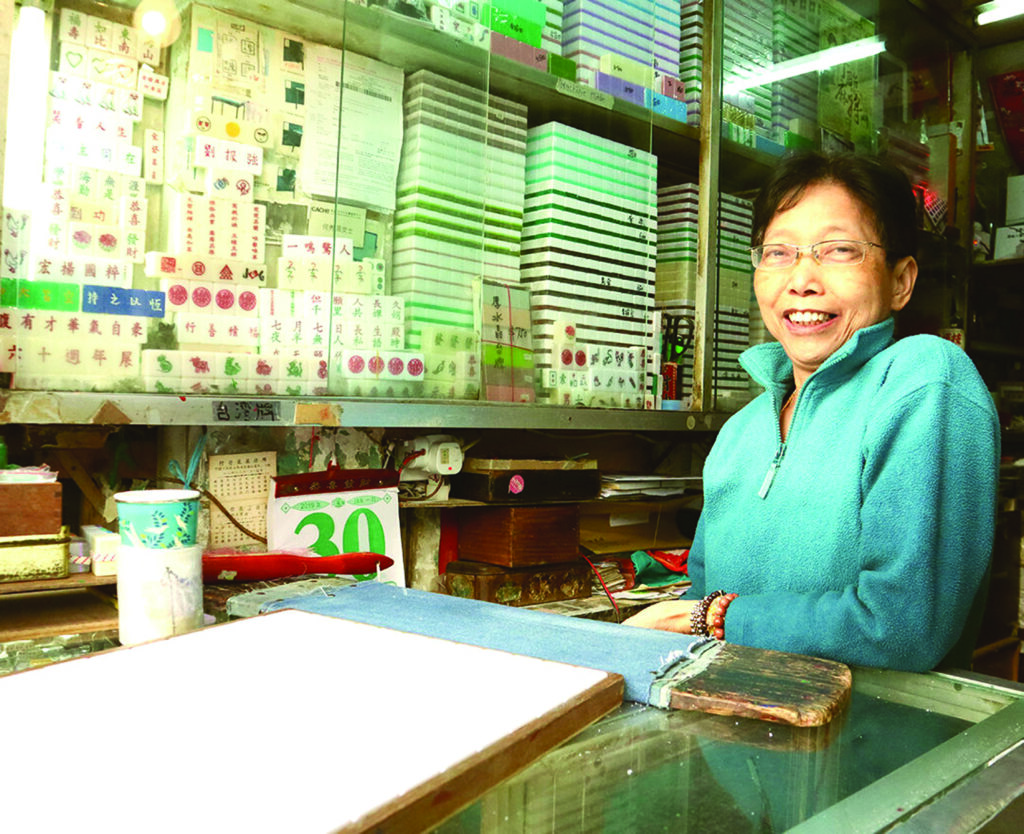
Kam Fat Mahjong
One of the mah-jong tile carvers that suddenly found herself thrust into the limelight when the Hong Kong government designated the hand-carving of mah-jong tiles as part of the city’s intangible cultural heritage back in 2014 was Madam Ho Saumei. Today, she runs her family’s Kam Fat Mah-jong company out of a tiny store in Hung Hom.
Her father founded the Kam Fat Mahjong Shop in 1962, with the business functioning both as the site of his labour-intensive activity and as his family of six’s home. Now, Madam Mei honours her father by continuing with the family trade, apparently never tiring of utilising her skills to the full as she engraves Chinese characters and alters and paints patterns. She maintains that she values every piece she fashions, tirelessly working to ensure the individuality of each mah-jong tile, items she sees as making wonderful gifts for many of her customers’ nearest and dearest.
Location: 2A-4 Bulkeley St, Hung Hom
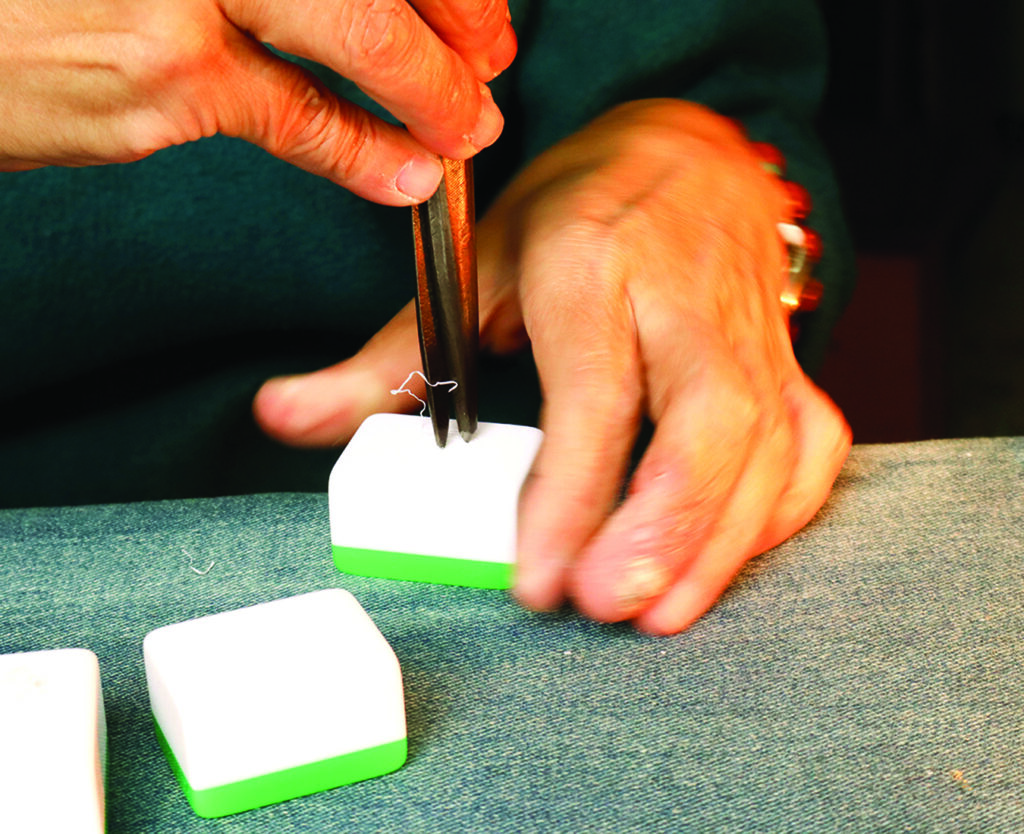
While technology has inevitably eroded – and, in some cases, almost eradicated – the elegant, handcrafting skills that so ably fashioned the most memorable mah-jong sets of yesteryear, thankfully there are still a few master craftspeople doing their very best to preserve the classic time-honoured techniques. Next time you are considering a heart-felt, hand-fashioned gift for someone you truly appreciate, perhaps this is one way you can do your bit to support them.
Also Read: Collectible mahjong sets



